Mastering the Tough Conversations: How Top Performers Handle Angry Clients Without Losing Control (or the Relationship)

One of many tough calls I had just a few days ago involved a very frustrated client who outright refused to disconnect the line with the call center unless he received a call from the management.
So I called him.
The moment he picked up, he started shouting at me:
"You are a thief! You're trying to steal my money! And what's worse — whenever you need money from me, all your departments start calling me. But whenever i have a problem and need someone to talk to, I can't find anyone! I left a bad Google review and I'll make sure no one deals with your company."
It was one of those moments where your heart races, your ego wants to fight back, and yet you know this is exactly where your professionalism is tested.
Sound familiar? Whether you're in Customer Success, Account Management, Sales, or Support — these tough conversations are inevitable. But there's a reason why some professionals consistently turn these moments into relationship strengtheners while others watch them spiral into disaster.
The Human Side of Customer Work: Why This Matters Now More Than Ever
In our rush to digitize everything, we've overlooked something crucial: when tension rises, humans crave human connection. According to PwC research, despite all our technological advances, customers increasingly want more genuine human interaction — not less. And many will abandon a brand after just one unsatisfactory encounter.
The difference between keeping and losing a client often comes down to how you handle those critical moments of frustration. So what separates the top performers?
What's Really Behind the Anger?
Before you can effectively respond to an angry client, you need to understand what's driving their behavior. Here's what top performers know: anger is almost always a mask covering something else — usually unmet expectations, anxiety, or feeling disrespected.
When a client says "This is unacceptable!" what they often mean is:
- "I feel powerless in this situation"
- "I'm worried this reflects poorly on me to my team"
- "I don't feel valued after all I've invested"
Harvard Business Review research found something fascinating: clients who received timely responses — especially within the first five minutes — reported significantly higher satisfaction and loyalty.This reveals a crucial truth: beneath anger often lies a simple human need to feel heard, respected, and prioritized.
Stay Grounded: Why Managing Your Emotions First Isn't Optional
You've probably heard the airplane oxygen mask analogy before, but it applies perfectly here: you can't help anyone if you're emotionally compromised yourself.
Daniel Goleman's work on emotional intelligence highlights why top performers excel in these moments. They don't just happen to be calm people — they've developed specific self-regulation techniques. Before responding to tension, they:
- Recognize their own emotional signals (racing heart, defensive thoughts)
- Create an intentional pause between trigger and response
- Focus on the outcome, not the conflict
The Power Move Most People Miss: Active Listening as Strategic Advantage
When tensions rise, our natural instinct is to explain, defend, or correct. But top performers do something counterintuitive — they lean into more listening, not less.
True active listening isn't just hearing words; it's about creating space for the client to fully express themselves before you jump in. This means:
- Eliminating distractions (close other tabs, silence notifications)
- Observing tone and emotional cues
- Providing minimal encouragers ("I see," "Go on")
- Avoiding the temptation to mentally prepare your rebuttal
The most powerful validation phrase I've found? "That makes sense, given your perspective." Notice it doesn't require you to agree with them — only to acknowledge their reality.
Respond with Clarity, Not Defense: The Framework That Changes Everything
Once you've let the client fully express themselves, how you respond makes all the difference. Top performers stay factual, focused, and empathetic. They use confident, non-defensive language that steers toward solutions:
"Thanks for sharing that. I understand why this would be frustrating. Let's break it down and see how we can get back on track together."
Notice what this does: it acknowledges emotion, demonstrates confidence, and subtly shifts the dynamic from adversarial to collaborative.
Shift the Focus to Solutions: The Pivot That Rebuilds Trust
The Conflict Resolution Network emphasizes that solution-focused approaches transform the interaction from problem-centered to possibility-centered. This is where you rebuild momentum and trust.
Top performers excel at this transition by:
- Framing the way forward as collaborative ("How can we solve this together?")
- Offering realistic options rather than a single path
- Providing clear timelines for resolution
- Shifting from controlling the client ("power over") to collaborating with them ("power with").
I once turned around a furious client by simply saying: "I hear your frustration. Given where we are now, we have three potential paths forward. Can I walk you through each so we can decide which works best for your situation?"
The Follow-Up Most People Forget: Where Relationships Are Really Built
Salesforce's research shows that what happens after the heated conversation often matters more than the conversation itself. Yet this is precisely where many professionals drop the ball.
Top performers distinguish themselves by:
- Sending a clear recap summarizing what was agreed upon
- Reaffirming the client's value to the business
- Following up 24-48 hours after resolution with a quick "How are we doing now?" message
- Creating internal documentation to share lessons with their team
This systematic approach transforms what could have been a one-time fire drill into an opportunity for organizational learning and relationship strengthening.
Know When to Escalate—and How:
Contrary to popular belief, escalation isn't failure—it's strategy. Top performers know exactly when to bring in higher-level support, and they do so with transparency.
Effective escalation means:
- Clearly explaining to the client why you're involving another team member
- Reassuring them that you're staying involved in the resolution
- Making warm transfers rather than passing off the problem
- Following up after escalation to maintain relationship continuity
The C.A.L.M. Framework: Your Emergency Response System
When things get especially heated, top performers often rely on a simple mental framework to stay centered. One approach I’ve come across and found incredibly useful is the C.A.L.M. method:
- Center yourself (breathe, pause, ground)
- Acknowledge their emotion (validate without agreeing)
- Listen actively (without interruption)
- Move to solutions (collaborate on next steps)
This framework provides a reliable path forward when emotions are running high and clarity is needed most.
Turning Tension Into Trust: The Ultimate Opportunity
Matthew Dixon's research in "The Effortless Experience" revealed a powerful insight:
trust built under pressure is often stronger than trust built during smooth sailing. When handled well, your most difficult clients can become your most loyal advocates.
Why? Because anyone can be pleasant when things are going well. It's how you respond in moments of tension that truly defines your professional value and builds lasting relationships.
Some of my best client relationships today started with tough conversations. Those moments taught me to lead with empathy, own mistakes when necessary, and solve problems—not just respond to them.
What's Your Experience?
What's the toughest client conversation you've ever had—and how did you handle it? What worked, what didn't, and what would you do differently now?
Let's normalize the hard stuff and help each other get better. Share your experiences in the comments, or reach out directly if you'd like to discuss strategies for your specific client challenges.
After all, the conversations we fear the most are often the ones that define our careers.
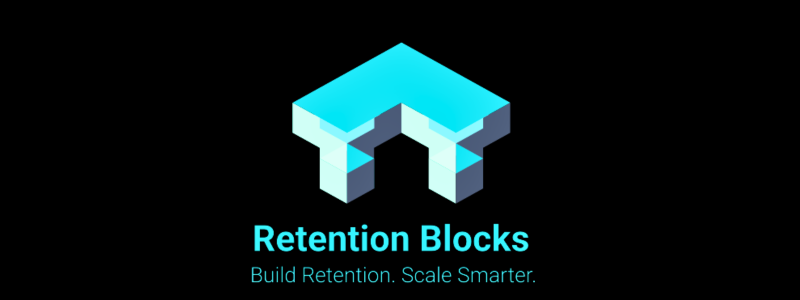
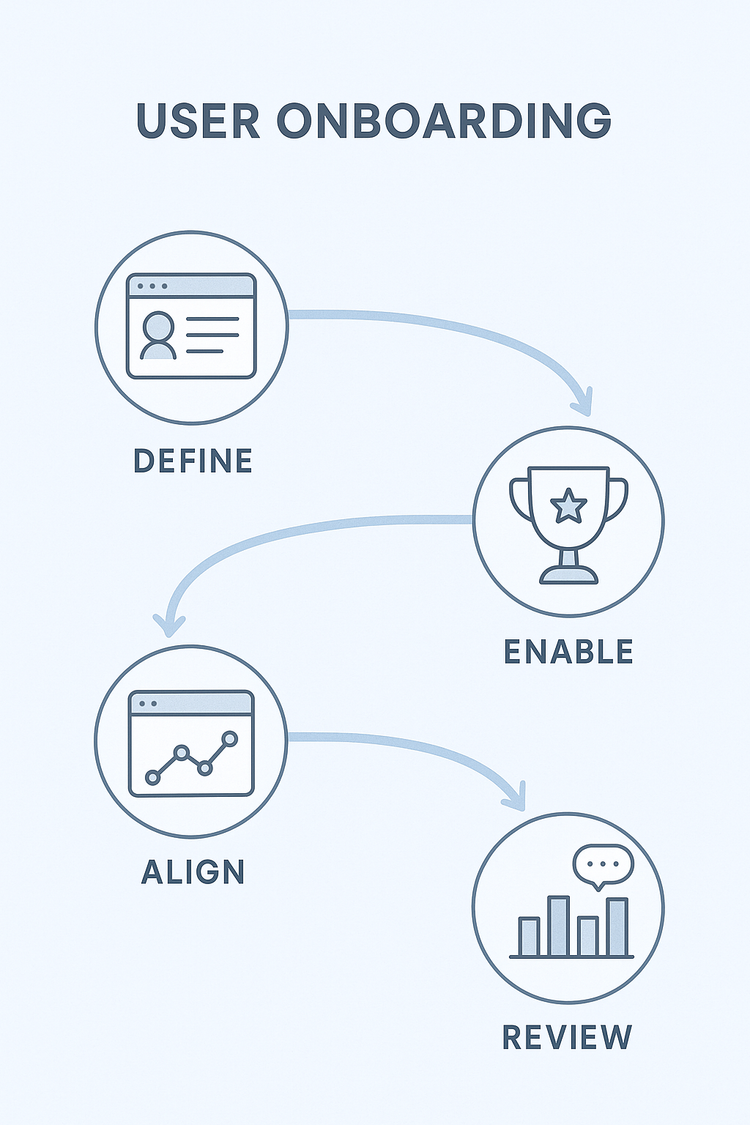
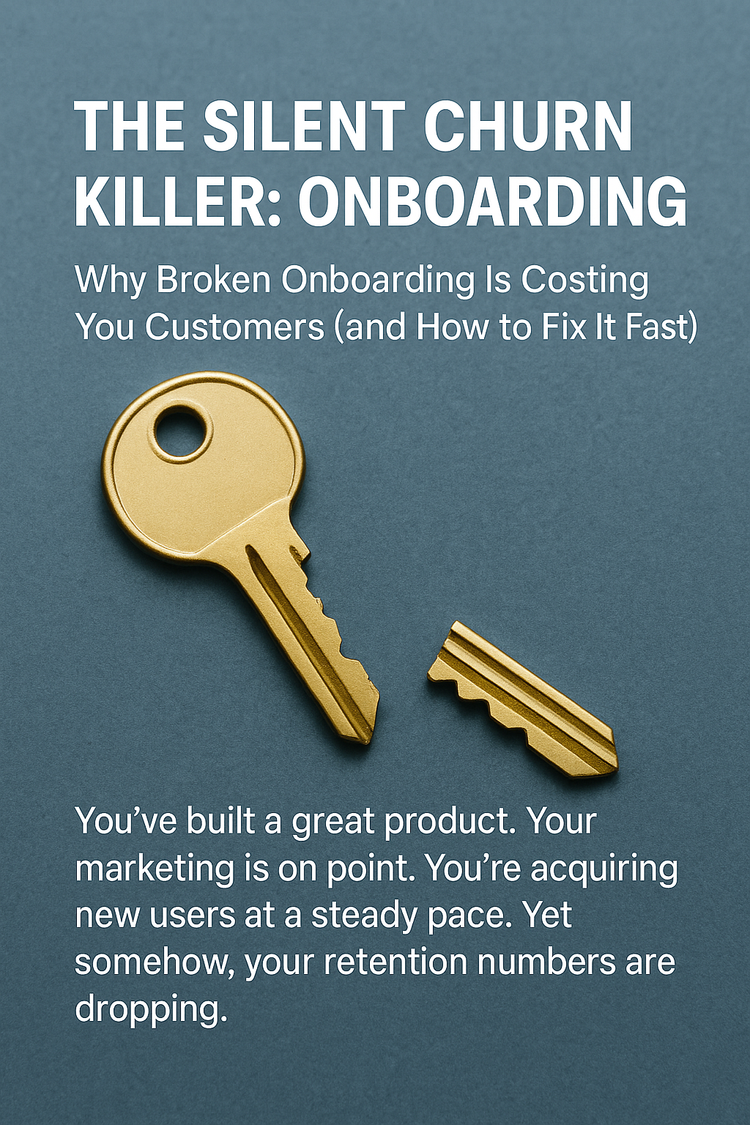
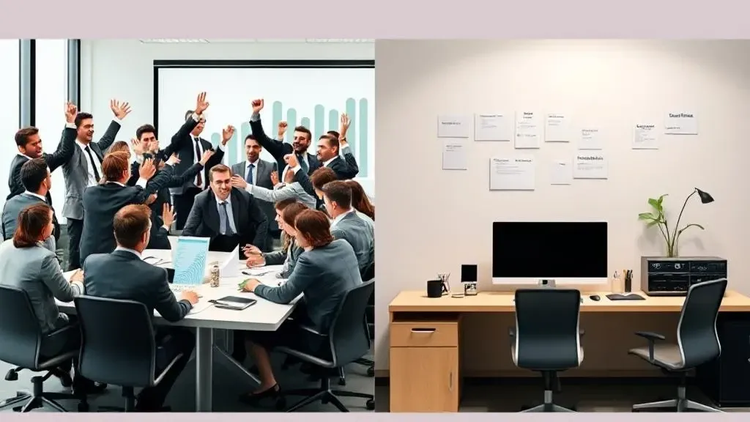
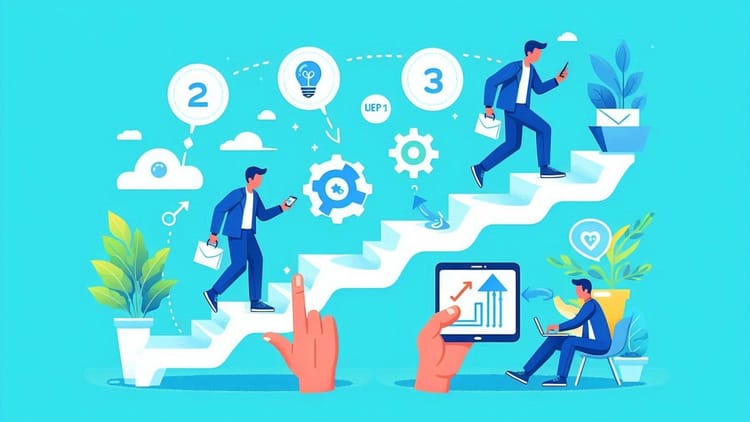
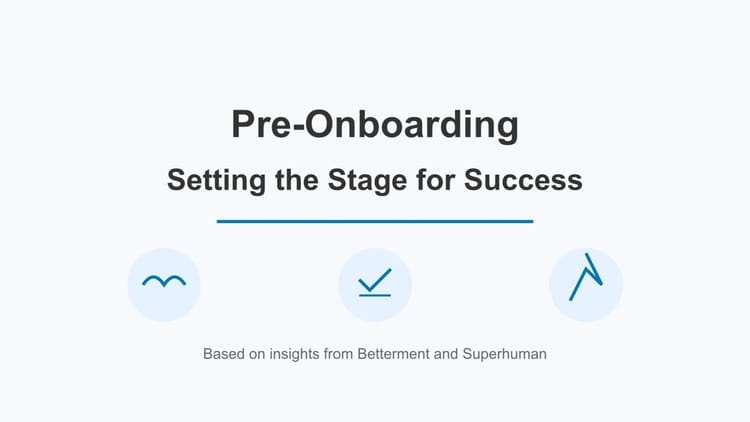
Member discussion